Travels on Paper
by Matthew Innis |Williamstown, Massachusetts – For centuries, travelers have made visual records of their journeys and eagerly shared their views of distant lands and unfamiliar locations. In addition to their souvenir value for the person who makes them, such images often fuel an appetite for travel among the people who see them—as advertisers and tourist bureaus well know. Travels on Paper, on view at the Clark Art Institute November 16, 2019 through February 9, 2020, explores travel pictures—drawings, prints, and photographs—that capture the experience of being a traveler and image maker. With works drawn primarily from the nineteenth century, the exhibition provides a look at the power and influence of images long before the Instagram age. The exhibition includes forty-three works by artists Camille Corot (French, 1796–1875), Robert Macpherson (Scottish, c. 1815–1872), Alexandre-Gabriel Decamps (French, 1803–1860), John La Farge (American, 1835–1910), Thomas Moran (American, 1837–1926), Félix Teynard (French, 1817–1892), and many others.
“Exotic locales and faraway lands have always inspired curiosity, but the kinds of works in this exhibition truly inspired wanderlust,” said Olivier Meslay, Hardymon Director of the Clark Art Institute.
“Travels on Paper provides our visitors with the opportunity to be armchair travelers … both to these destinations and to the past. We think they will be fascinated by this look back at the early forms of travel imagery and inspired by the beauty of these works.”
The speed and relative ease of travel is taken for granted in contemporary society. In the nineteenth century, however, the opportunity to visit renowned sites and experience faraway locales was limited to a privileged few, and the journey could often be perilous and arduous. Similarly, capturing images of one’s travels was a slower and more difficult process than what today’s smartphone camera users know, particularly in the case of early photography, which involved excruciatingly long exposure times and required photographers to haul heavy loads of equipment and chemicals.
“Today’s travelers can book a trip with the click of a mouse or a tap on a screen. They arrive at distant locations in less than a day, and their travel images, posted on social media, reach people around the world within seconds,” said Manton Curator of Prints, Drawings, and Photographs Anne Leonard. “It is my hope that visitors to Travels on Paper will be transported imaginatively back to a slower era, when visual records of travel were more difficult to create and circulate. The magnificent images in this show were also less ephemeral, and they are guaranteed to inspire daydreams of faraway lands.”
Through drawing, the traveling artist captured private reminiscences and fleeting moments that might be ends in themselves or could later serve as inspiration for a more finished work. Jean-Honoré Fragonard’s (French, 1732–1806) intimate red chalk drawing The Hermit’s Court in the Colosseum (1758) depicts the already ruined state of the famous ancient Roman landmark that was captured by innumerable tourists and artists throughout its history.
In contrast to Fragonard’s relatively comfortable conditions in residence at the French Academy in Rome, adventurous nineteenth-century artists who journeyed to the Sahara faced much more difficult travel. Eugène Fromentin (French, 1820–1876), who had to be accompanied by a French military escort because of unstable political conditions in North Africa, documented the severity of the desert in his 1853 drawings El Aouila and B’etoum.
In 1890 John La Farge set off for a South Seas voyage with the historian and writer Henry Adams. He would return from the tour with nearly two hundred watercolor sketches, often accompanied by jotted descriptions to serve as reference material for later compositions. Travels on Paper includes three images from La Farge’s year-long wanderings: Hut in Moonlight, Iva, Savaii, October 1890 and Siva with Siakumu Making Kava in Tofae’s House (c. 1893), which depict Samoa, and Behind the House, Nuuanu Valley, Honolulu, Rainbow on Mountains (1890) painted in Hawaii.
Many nineteenth-century artists considered etching to be as spontaneous and expressive as drawing and utilized this printmaking medium to capture the places they visited. Printed imagery allowed multiple copies of a single image to circulate, resulting in scenes of foreign countries, majestic monuments, and picturesque views reaching a wider public. Jean-Baptiste-Camille Corot’s Souvenir d’Italie illustrates how a single image can serve both as a sensitive personal remembrance and as a commodity in the print marketplace. The original etching, from 1863, was printed on bright paper without any inscriptions and was likely intended for the artist’s safekeeping or a gift for a close friend. The second example in the exhibition dates from 1866 and, as indicated by the inclusion of the name and address of the printer (Auguste Delâtre) and publishers (Alfred Cadart and Félix Chevalier), was editioned for sale.
Jules Ferdinand Jacquemart’s (French, 1837–1880) Souvenirs de Voyage (Still-Life with Shoes) from 1862 is a witty foil to the scenic aspirations of much travel imagery. The etching acknowledges that the artist traveling on foot needs a generous amount of tough shoe leather. Strewn on the wooden floor, the many well-trodden shoes suggest heavy recent use (though Jacquemart was also a collector of shoes). The traveler’s calling to art-making is made explicit by the palette, brushes, and smock tucked between the legs of a stool. The rolled-up sheaf of drawings suggests the crumpled shoes are not the only souvenirs the artist has brought home from his wanderings.
Perhaps more than other nineteenth-century image-making methods, photography (invented in 1839) posed challenges that are hardly fathomable today. Intrepid pioneers of the new medium carried heavy, cumbersome equipment and volatile chemicals over sometimes rugged terrain. These photographers sought, in some cases, to document “slices of life” particular to their locale, while others focused on a more standard roster of monuments and natural features catering to tourists’ tastes.
In the fall of 1851, with little photographic experience and no official backing, Félix Teynard embarked on an expedition up the Nile that ultimately resulted in Égypte et Nubie (1858), an ambitious album of 160 salt prints. Teynard’s arduous journey extended one thousand miles from the center of Cairo to the Nile’s second cataract in Nubia. Colosses de Memnon, Gournah à Thebes (1851–52) documents two monumental figures originally built in 1350 BCE, which guard the entrance to the tomb of King Amenhotep III and bear his likeness. After earthquakes around 1200 BCE and in 27 BCE destroyed the tomb and damaged the immense statues, Roman authorities partially reconstituted the figures, which they renamed “Memnon” after a hero of the Trojan war. The image illustrates Teynard’s tendency to focus on physical traces of damage and decay in the ancient Egyptian monuments he visited. Unfortunately, despite his laborious efforts, Égypte et Nubie received little public attention, perhaps because the artist’s unorthodox approach did not appeal to the average consumer.
Robert Macpherson moved to Rome around 1840 as an aspiring painter, but photography ultimately proved much more fulfilling to him than painting. In the 1850s and 1860s, his photographic studio emerged as one of the most sought after in Rome, catering to the taste of middle-class tourists. Although his subject matter could be conventional, he refused to compromise his standards of technical excellence. Travels on Paper presents a number of his images, including Colosseum, Rome (c. 1857) and Cascatelle at the Villa of Maecenas, Tivoli (c. 1857), a dramatic image that beautifully captures the cascades at Tivoli and showcases Macpherson’s assured execution. The rapid movement of the water would have been a challenge to capture, given the lengthy exposure times required in the early decades of photography.
In 1858 Roger Fenton (English, 1819–1869) published his Orientalist Suite comprising fifty photographs, including Orientalist Study, purportedly depicting a range of ethnicities. Although Fenton did travel widely during his career, notably as a war photographer, the images for this series were created in his London studio using his friends, manservant, and a professional artist’s model as subjects—a jarring discrepancy noted by critics of the time. The assortment of costumes, furniture, and accessories collected from across the Near East and used in the images may have been borrowed, brought up to the studio from Fenton’s home, or purchased for the occasion. The images, although executed to technical perfection, are pastiches rather than ethnographic depictions. In this, as in so many examples, travel images that purported to be objective documentary records of a foreign culture were deeply conditioned by the image makers’ own expectations, biases, and frames of reference.
Travels on Paper is organized by Anne Leonard, Manton Curator of Prints, Drawings, and Photographs, with assistance from curatorial intern Andrew Kensett, Williams Graduate Program in the History of Art, class of 2020.
ABOUT THE MANTON STUDY CENTER FOR WORKS ON PAPER
The Manton Study Center for Works on Paper provides access to the Clark’s collection of more than 6,500 prints, drawings, and photographs that spans the history of the graphic arts from the fifteenth century through the early twentieth century.
Located in the Manton Research Center, the Study Center houses significant concentrations of work by Albrecht Dürer, John Constable, Edgar Degas, Paul Gauguin, Winslow Homer, Claude Lorrain, and Henri de Toulouse-Lautrec. The Clark’s small but important group of pastels by Degas, Mary Cassatt, Jean-François Millet, and Camille Pissarro is also held in the Study Center. Since 1998, the Clark has been actively acquiring European and American photographs from the 1840s through the 1910s. Works by Berenice Abbott, Eugène Atget, Édouard Baldus, Julia Margaret Cameron, Francis Frith, Gustave Le Gray, Nadar, William Henry Fox Talbot, Alfred Stieglitz, Linnaeus Tripe, and Carleton Watkins are particular strengths of this expanding collection
The Study Center is open by appointment, free of charge. For information, click here.

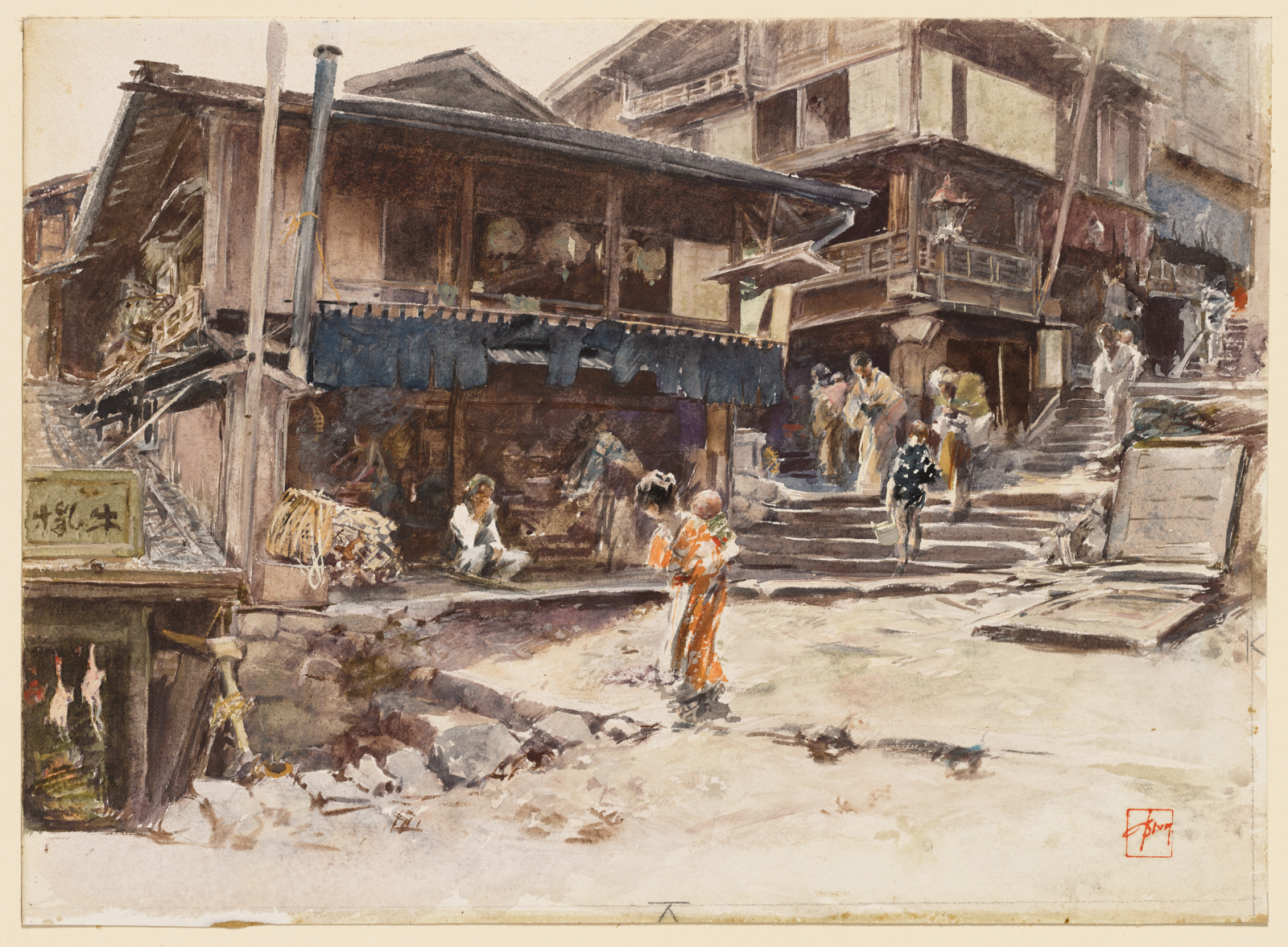
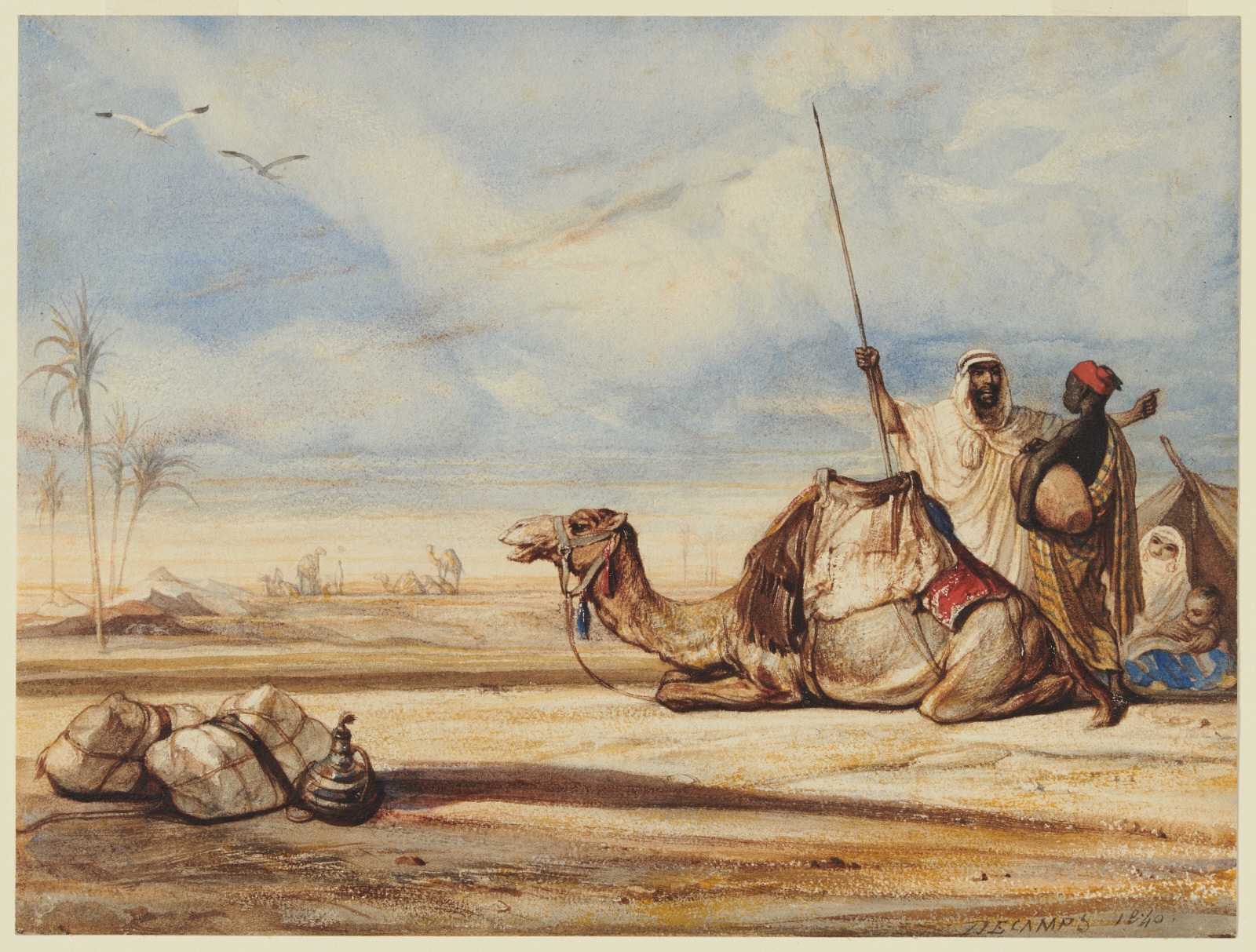
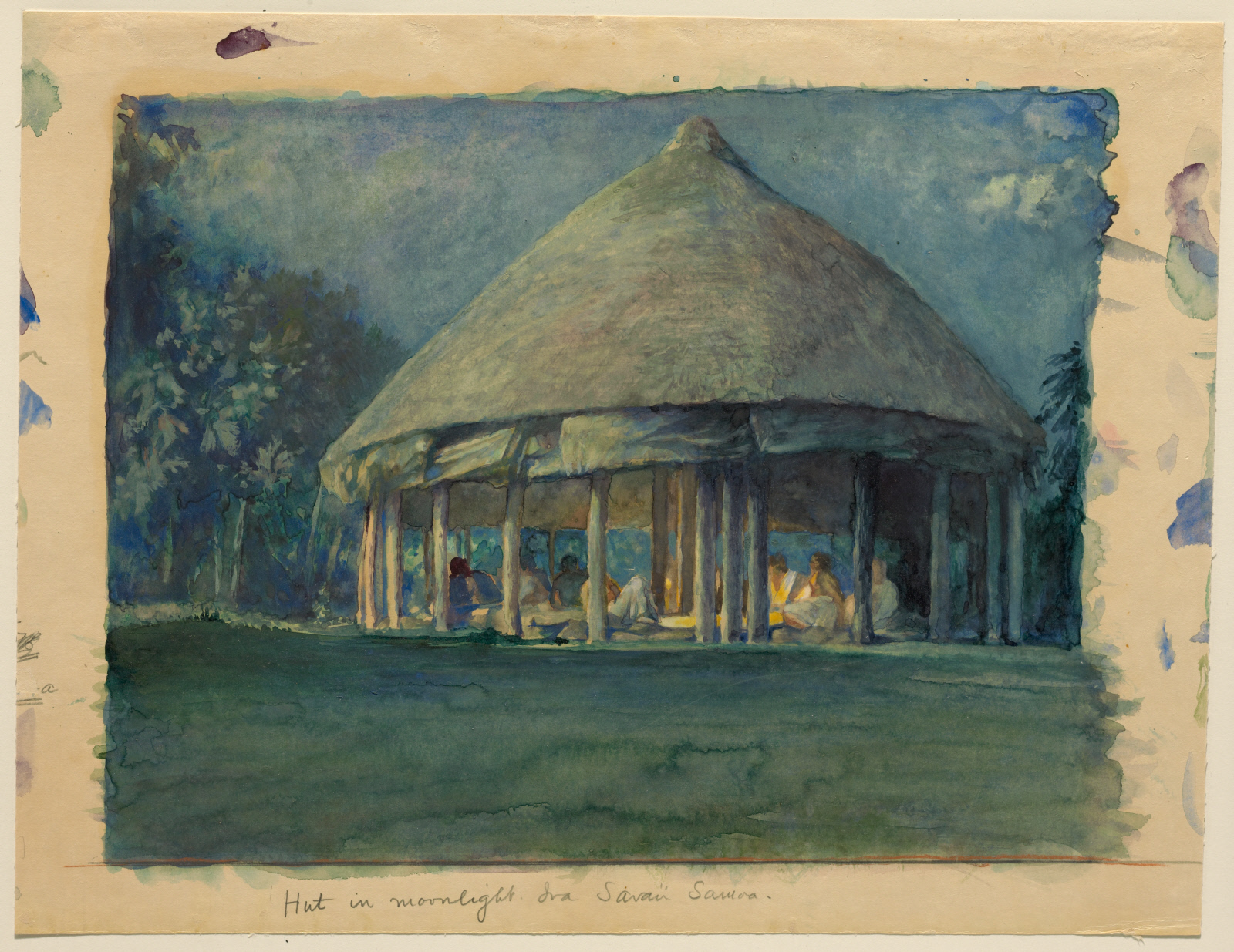
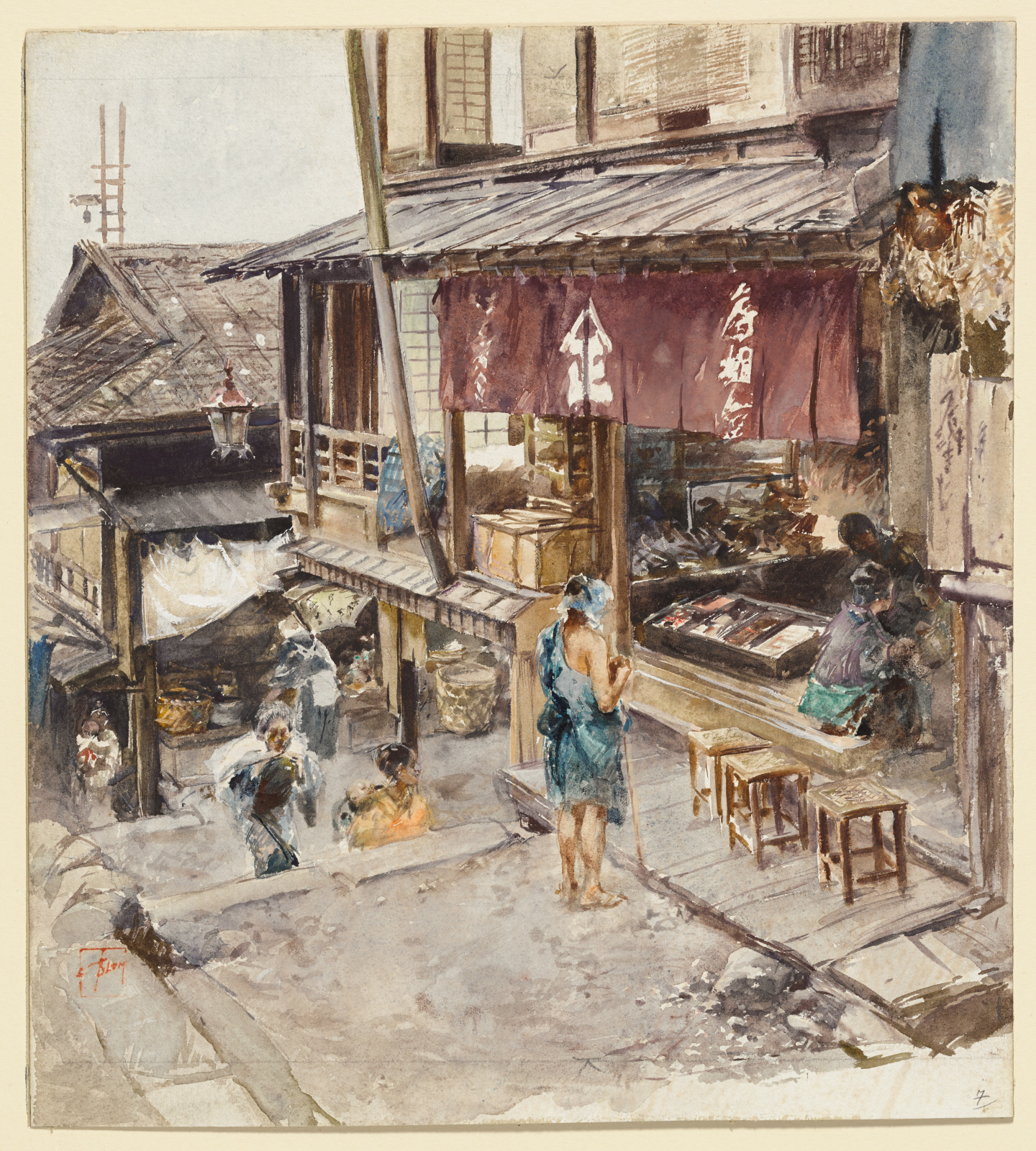
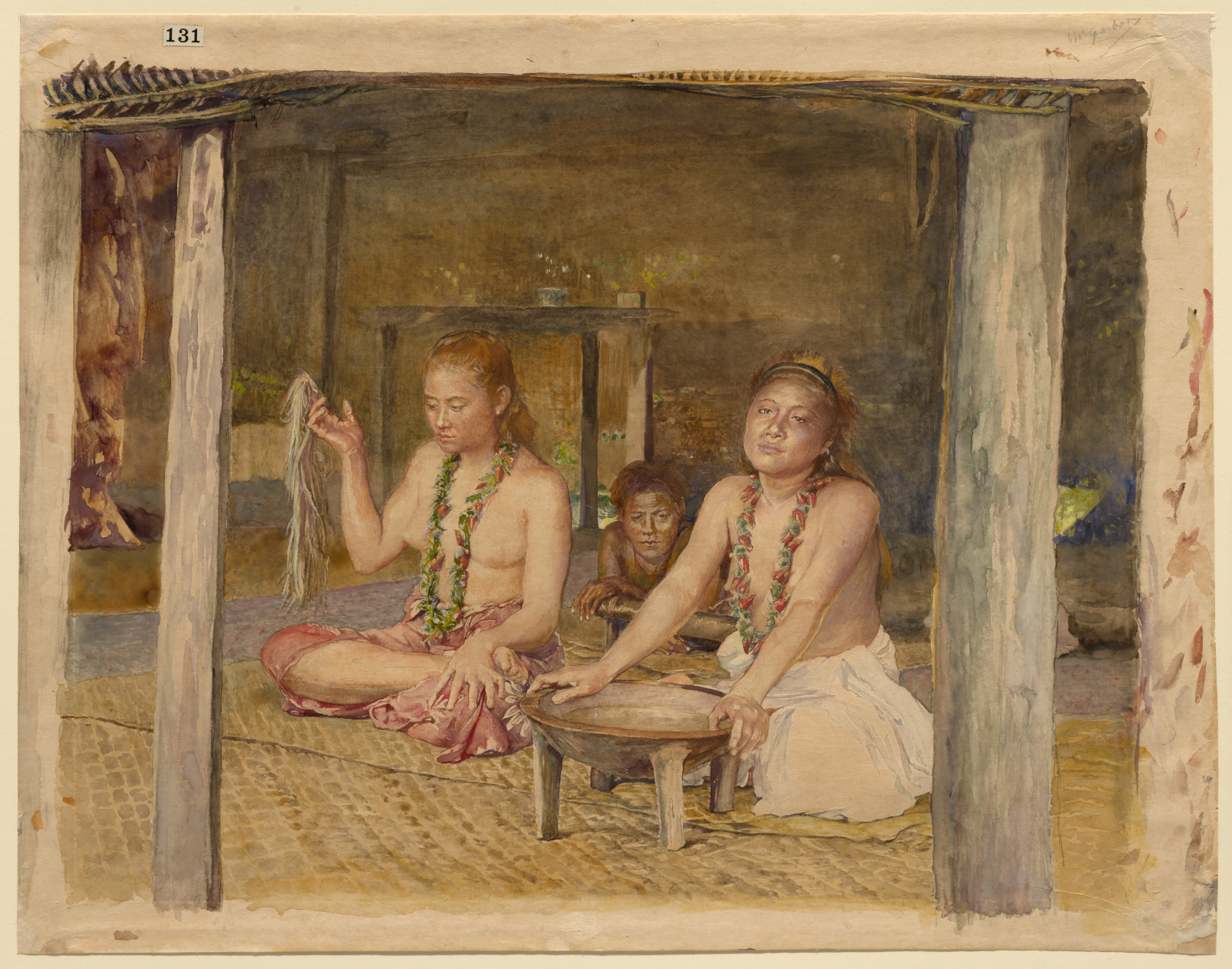
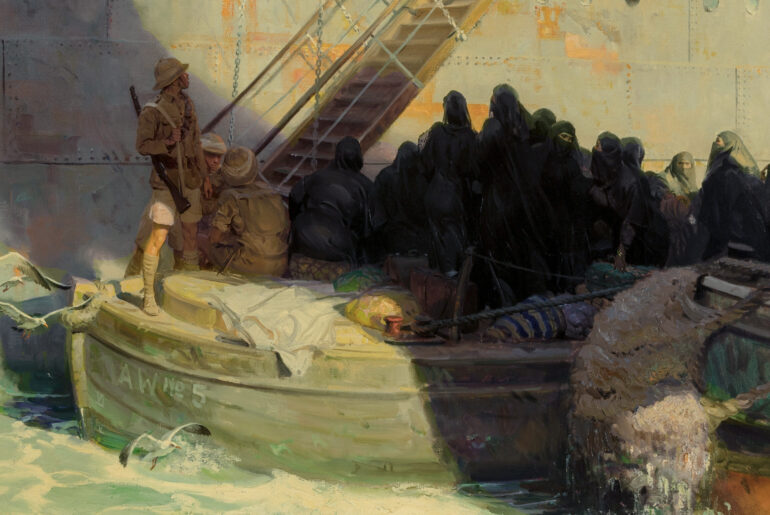
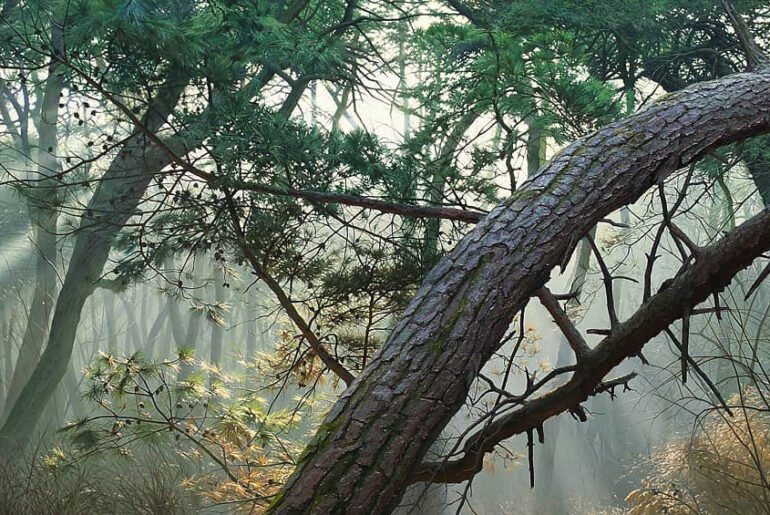
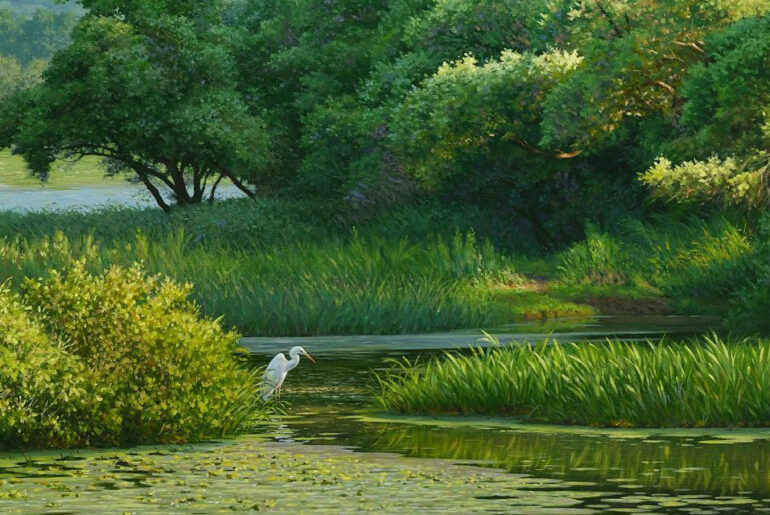
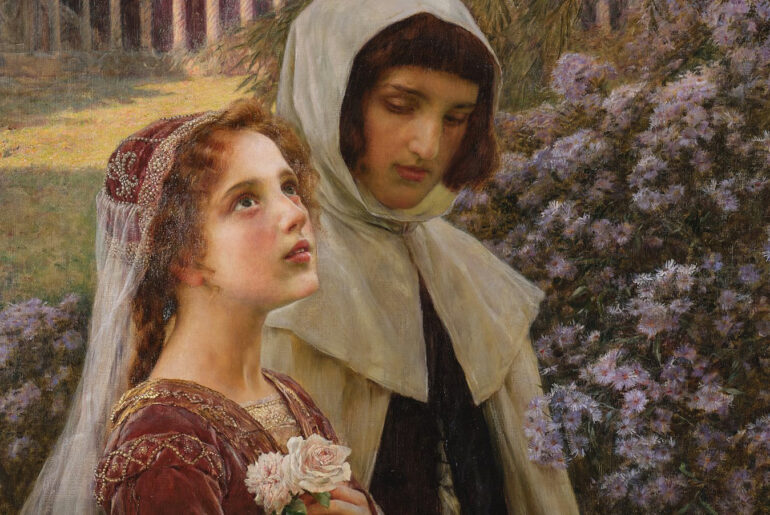
Where: The Clark Institute, Williamstown, MA
When: November 16, 2019 - February 9, 2020
The Clark Institute